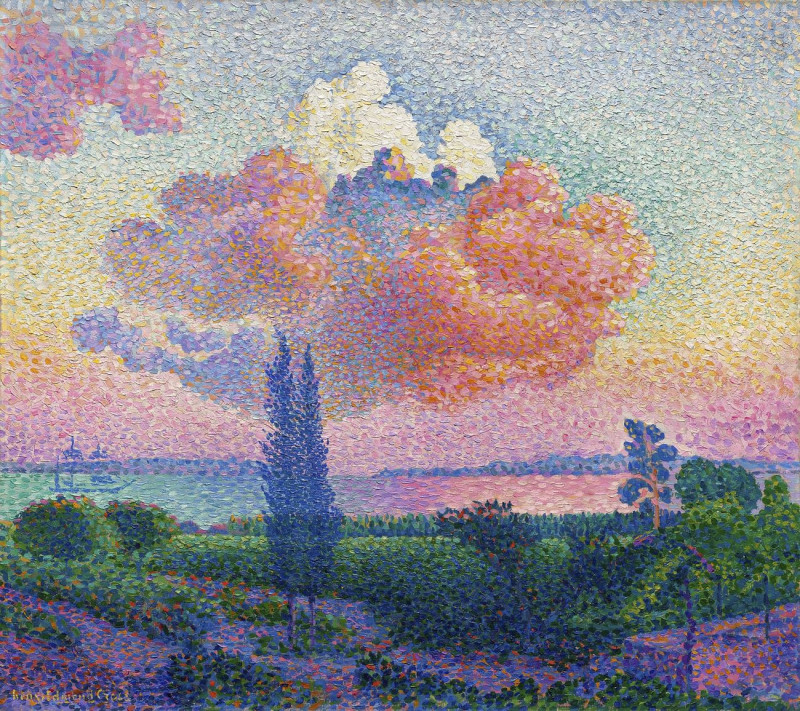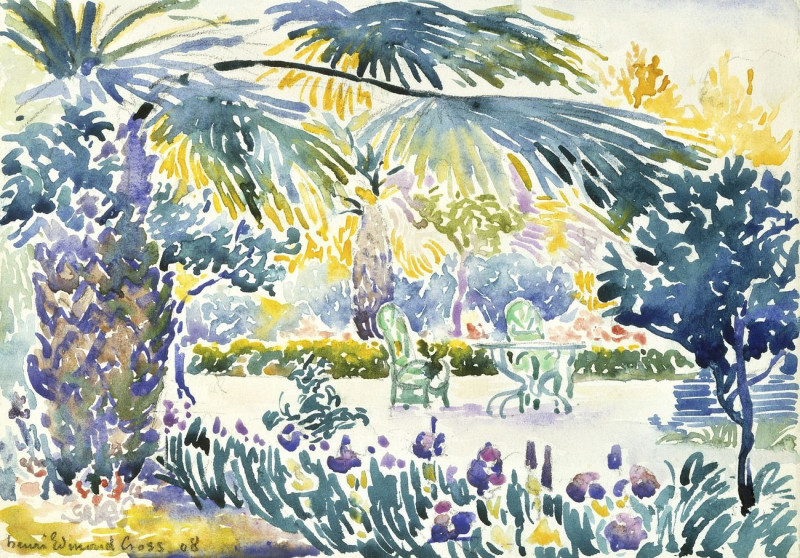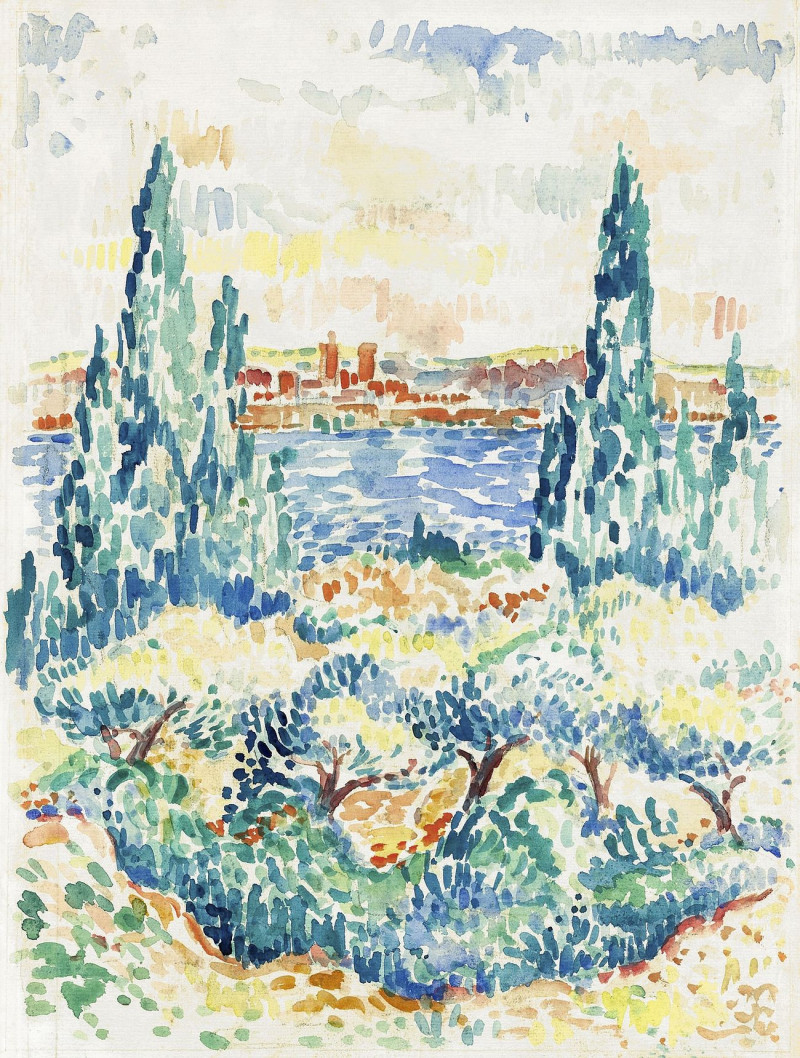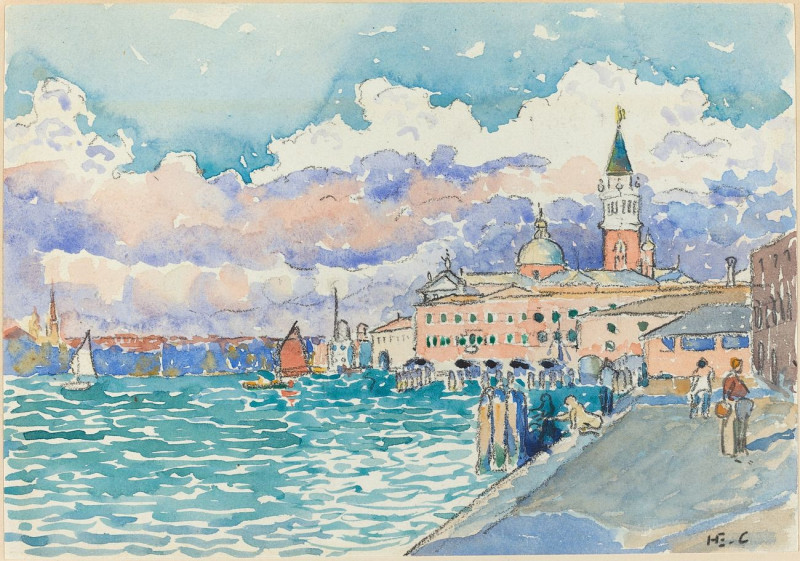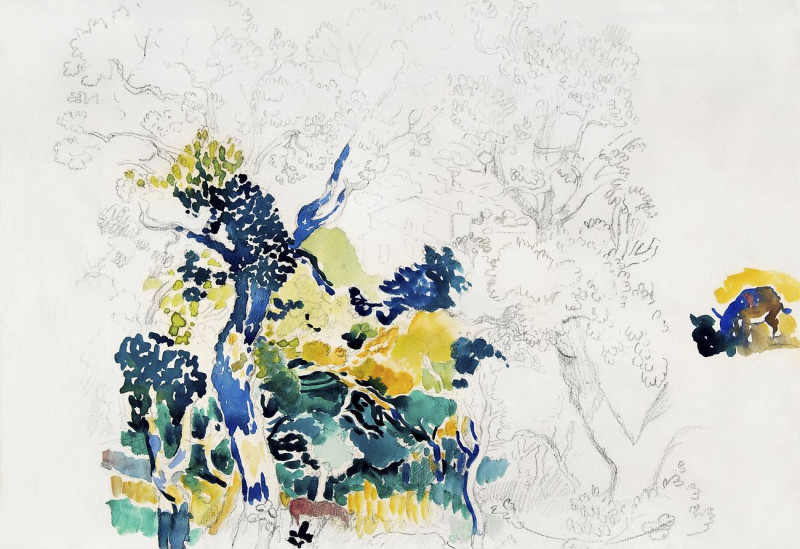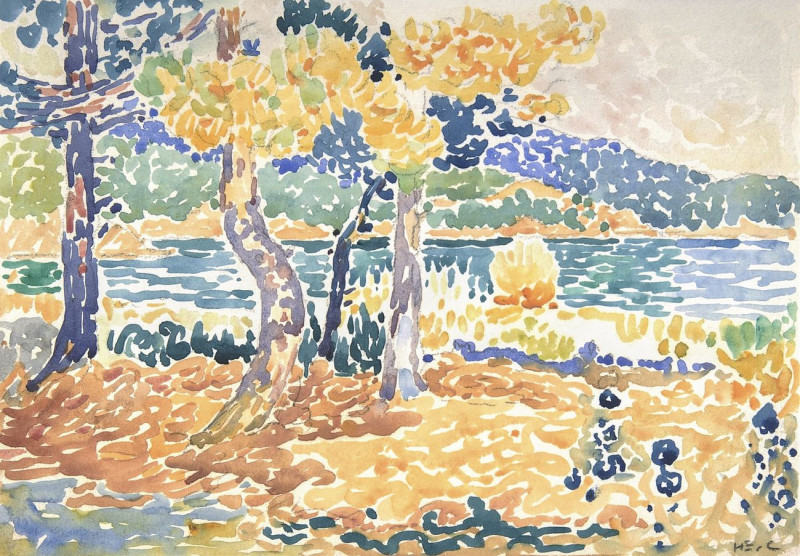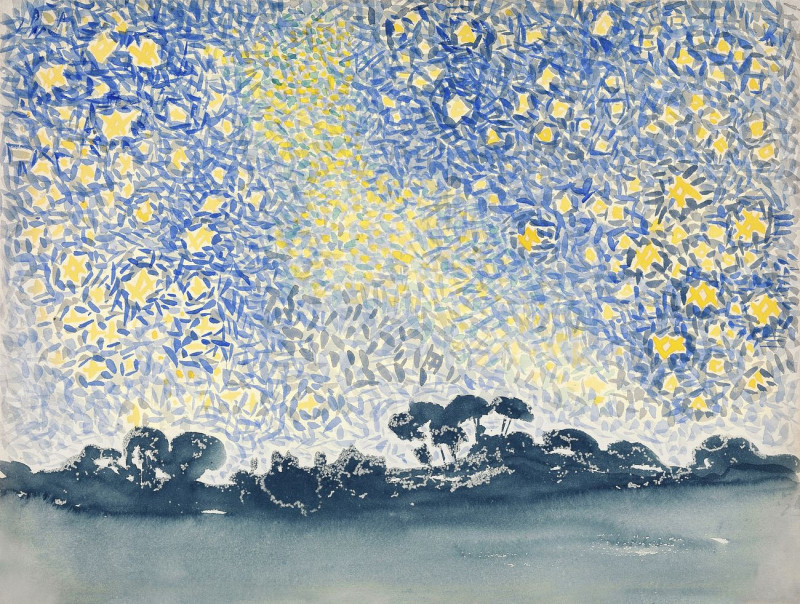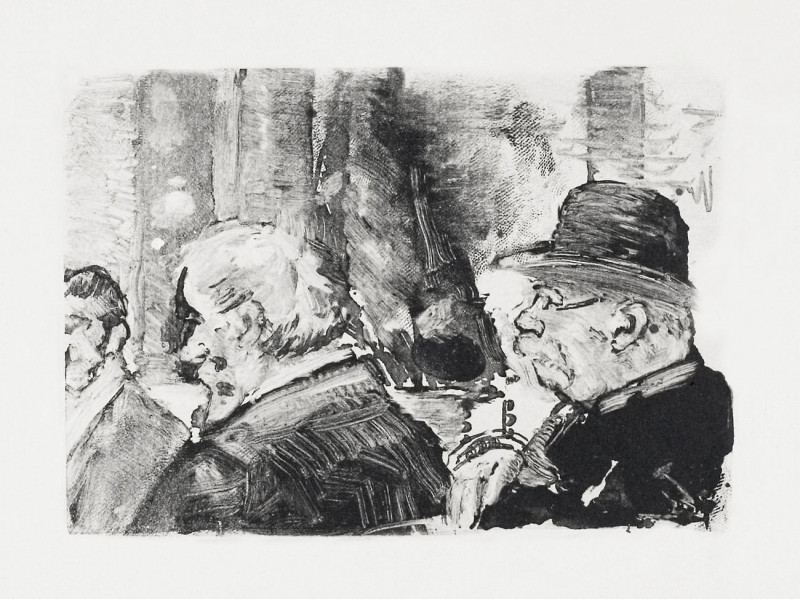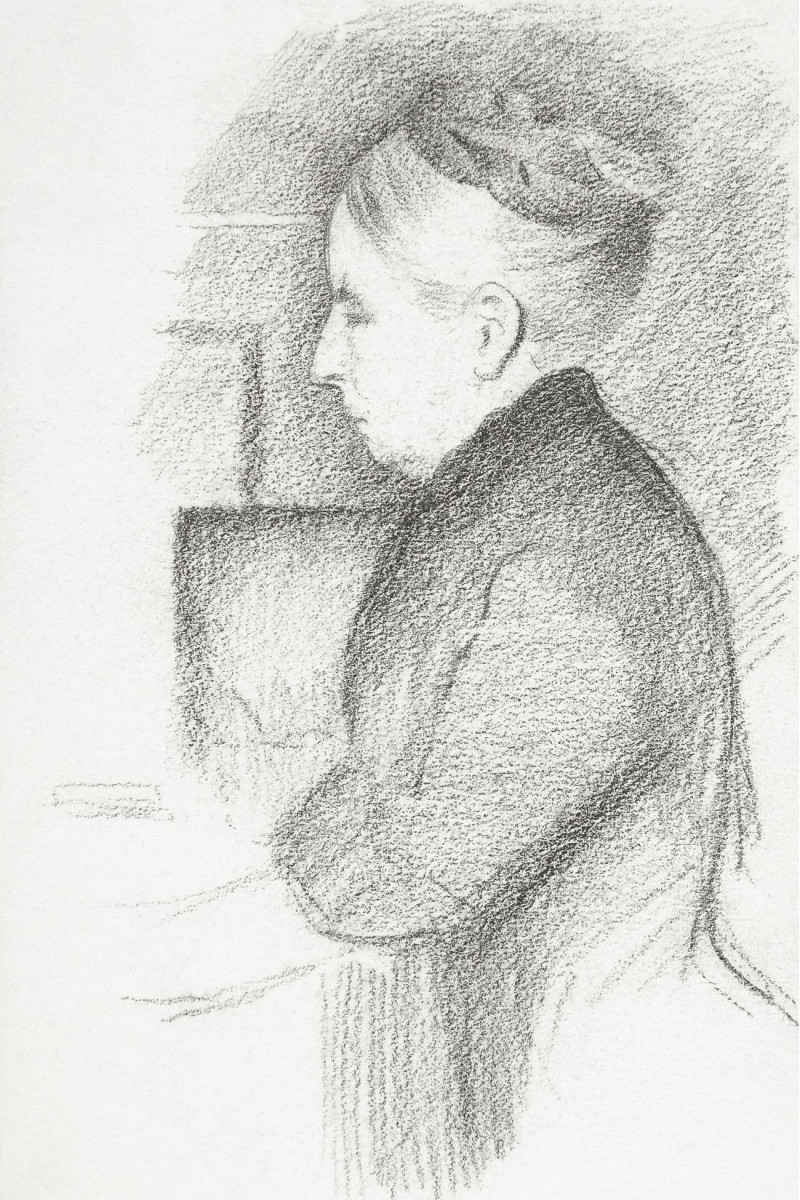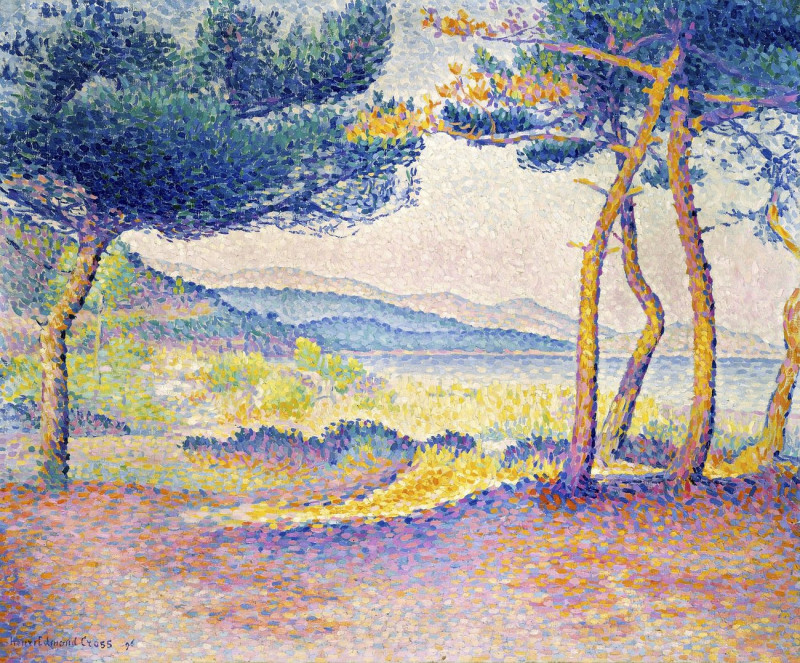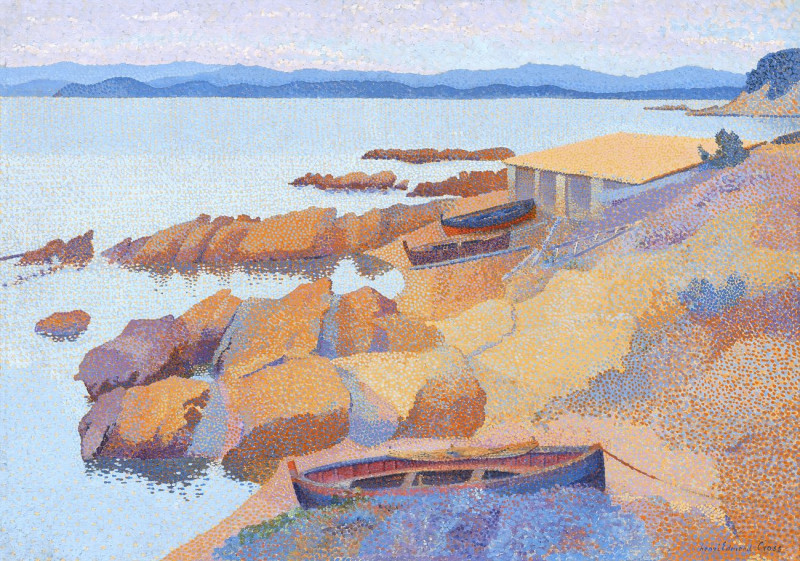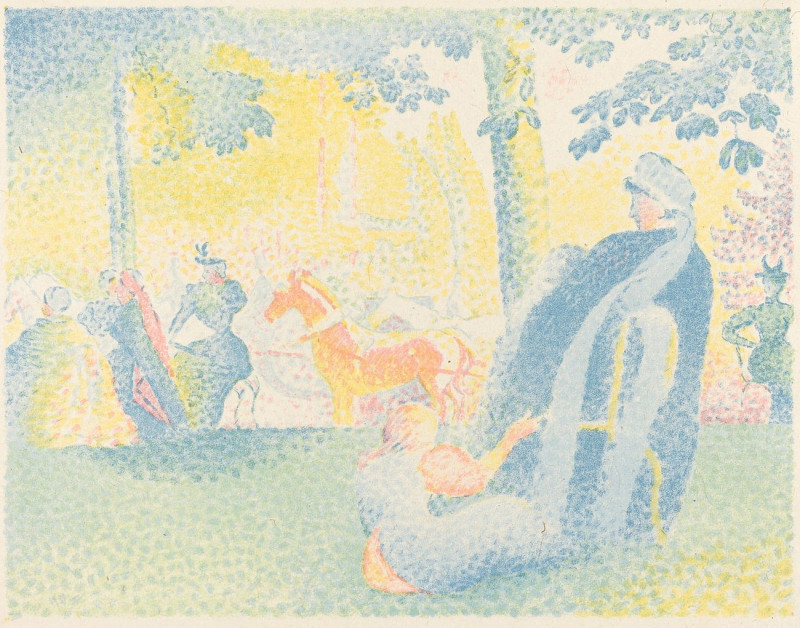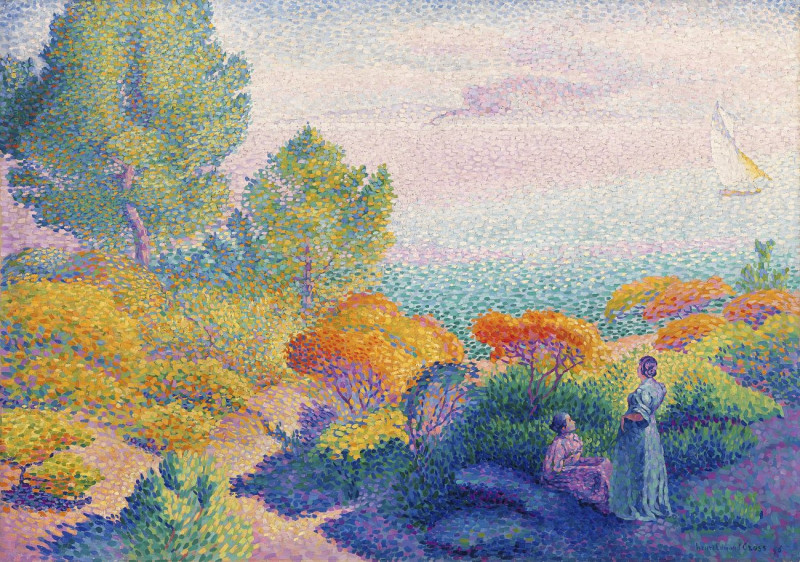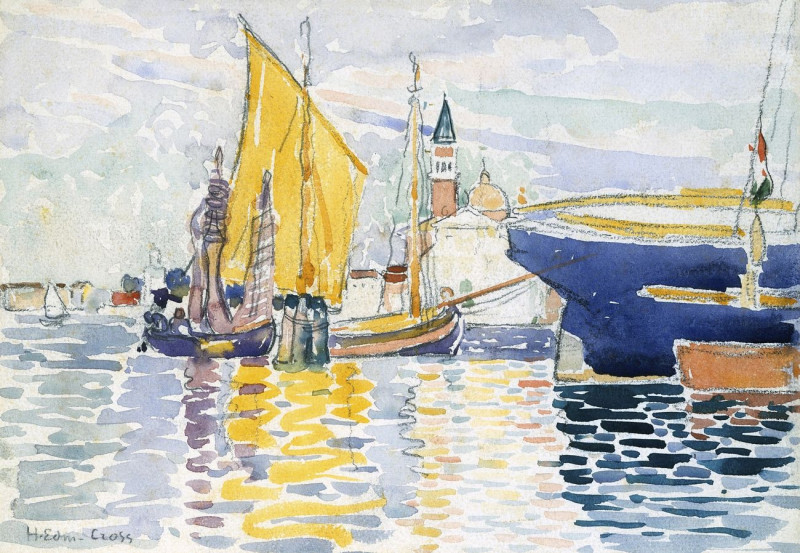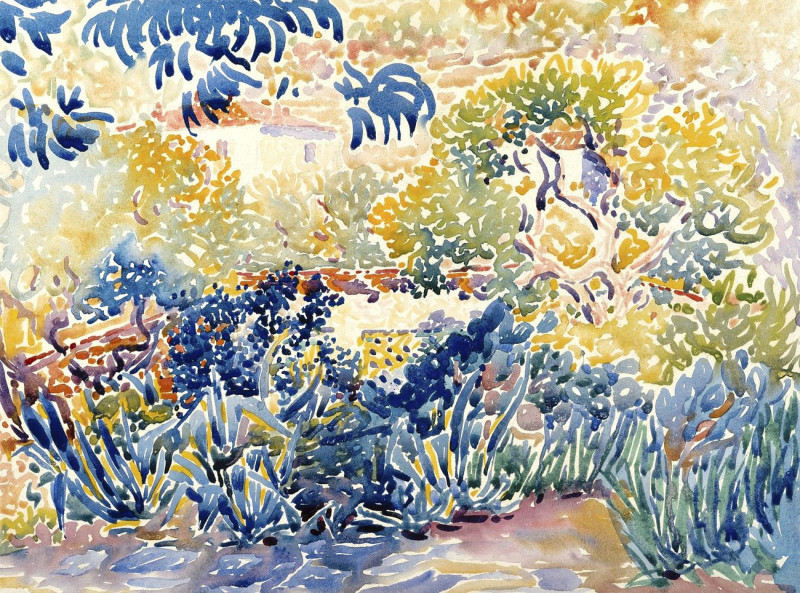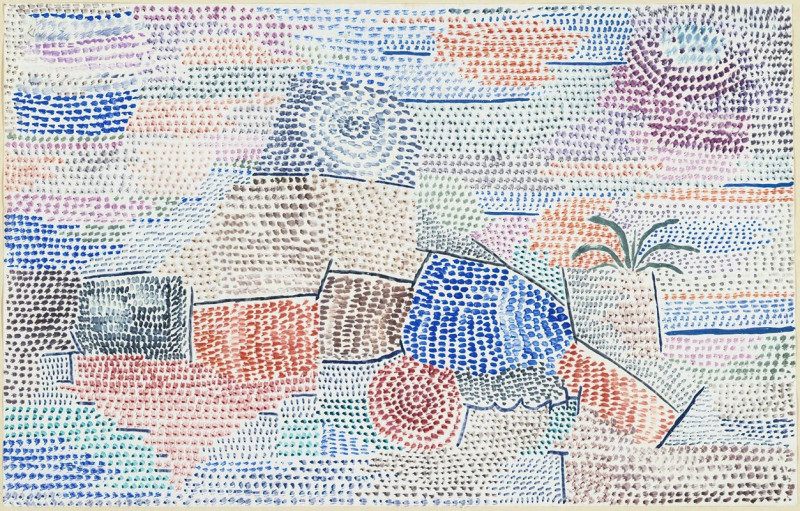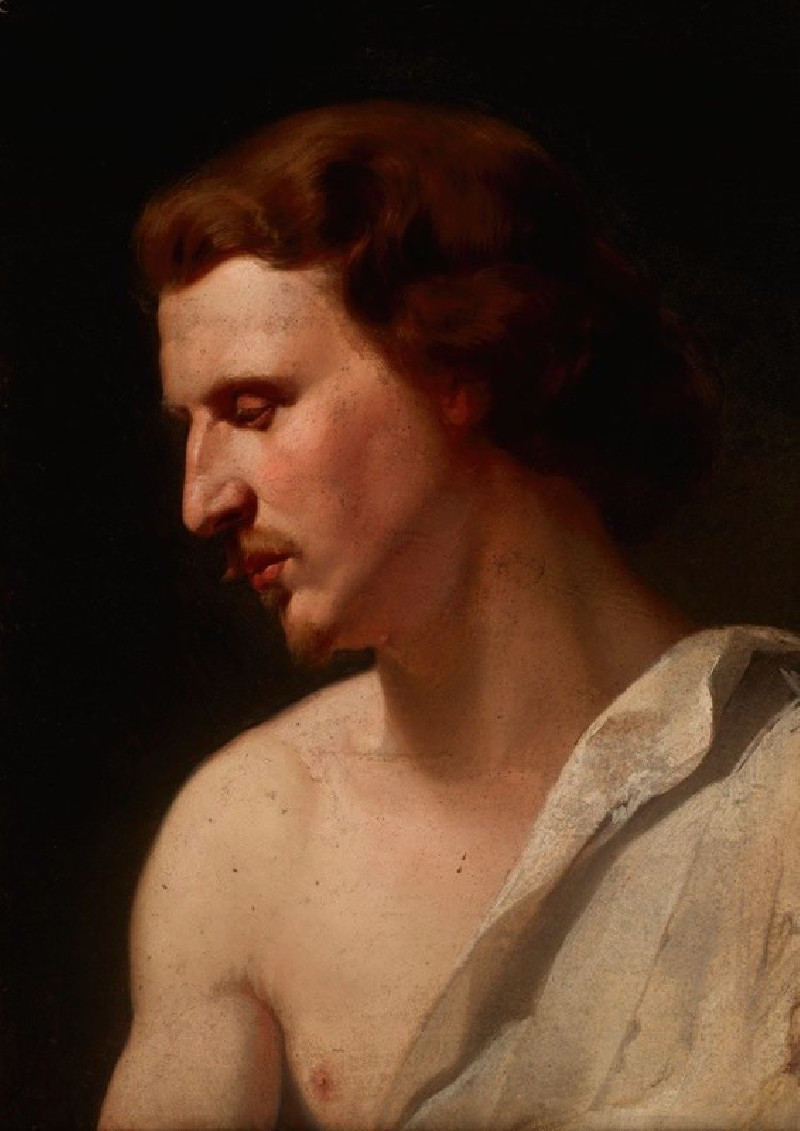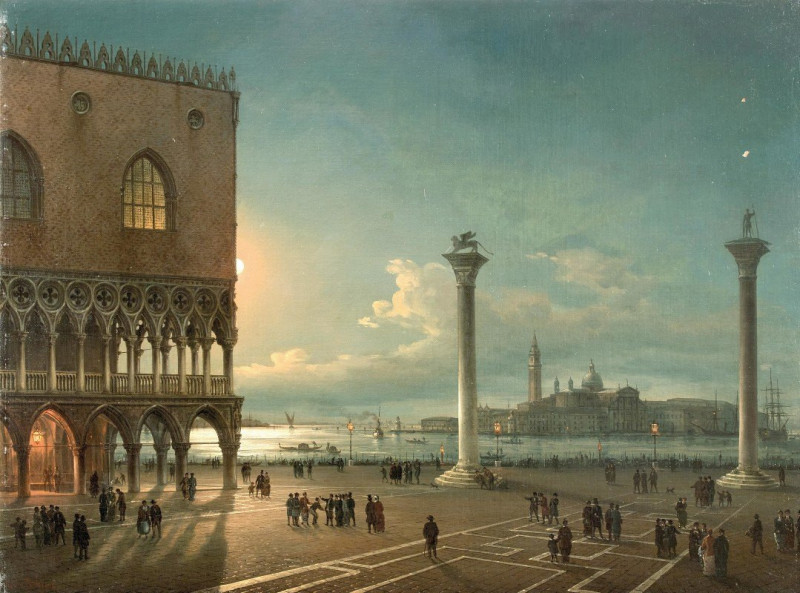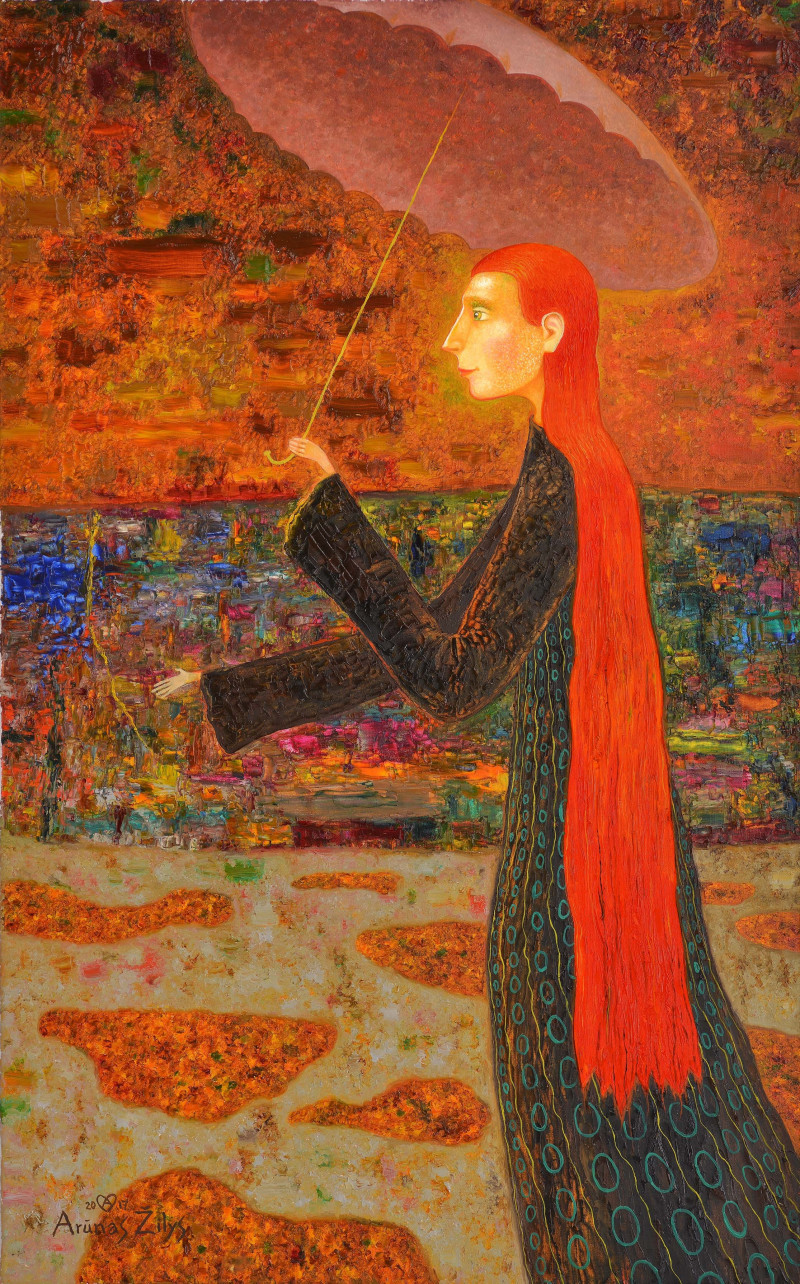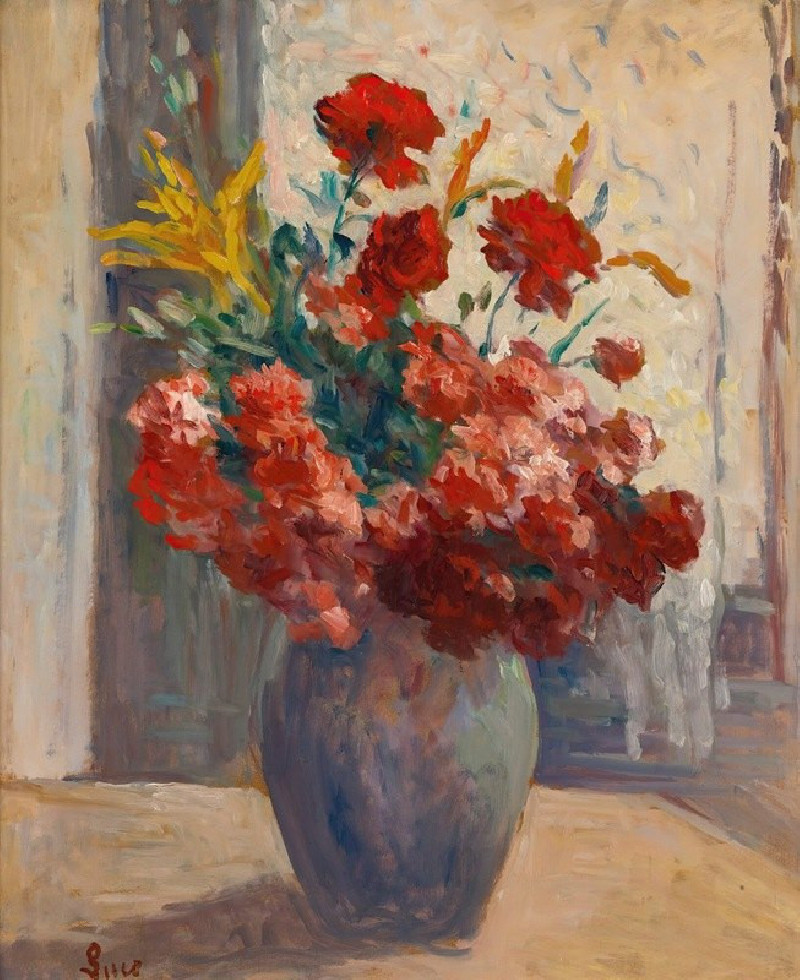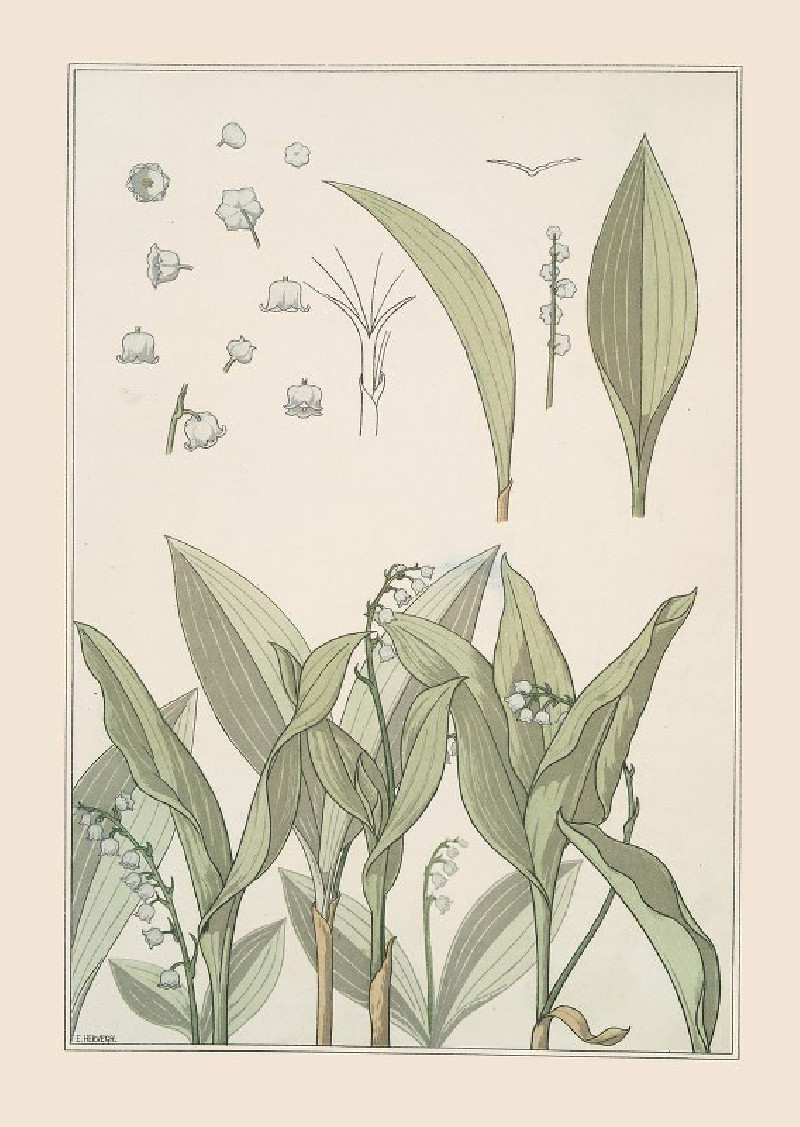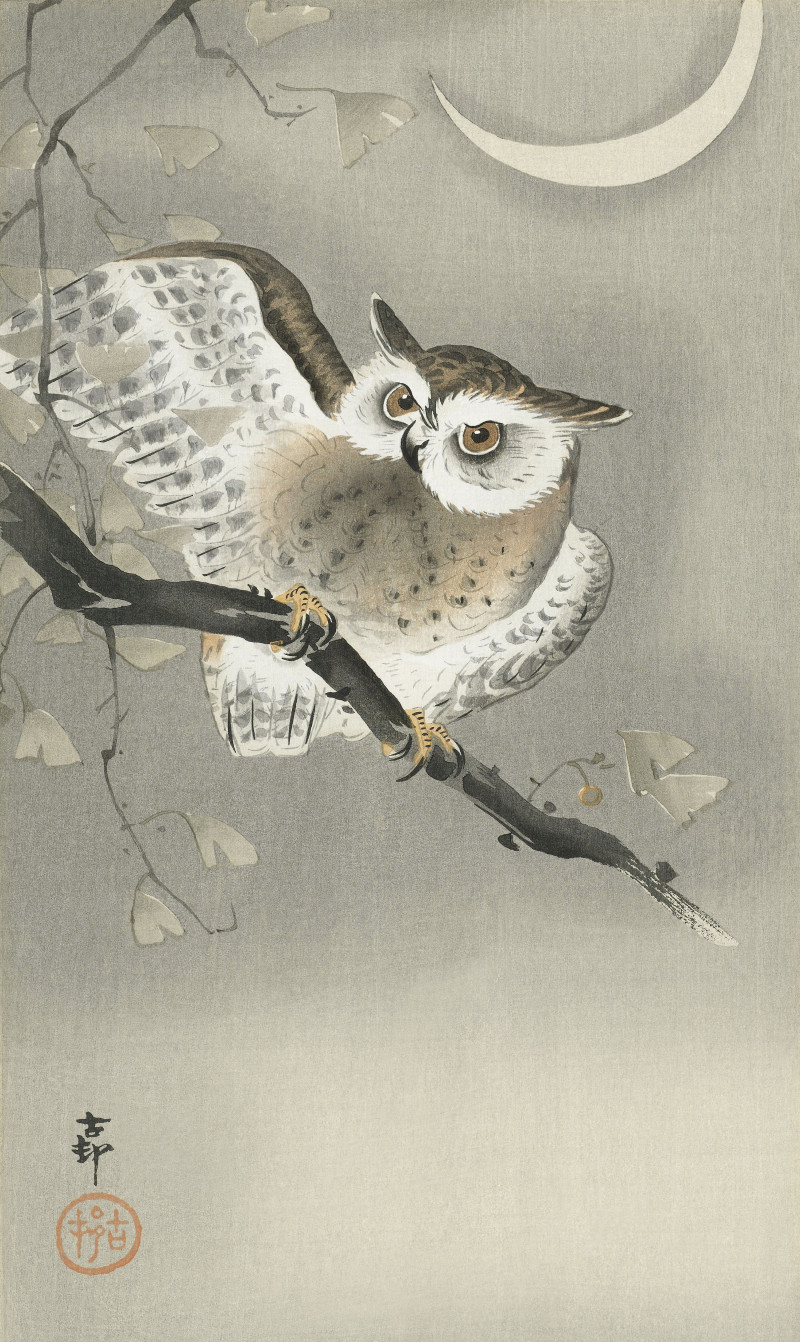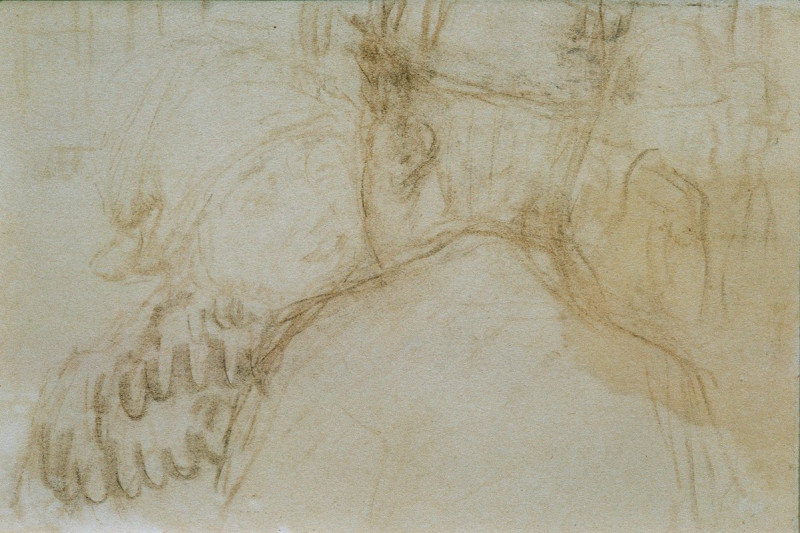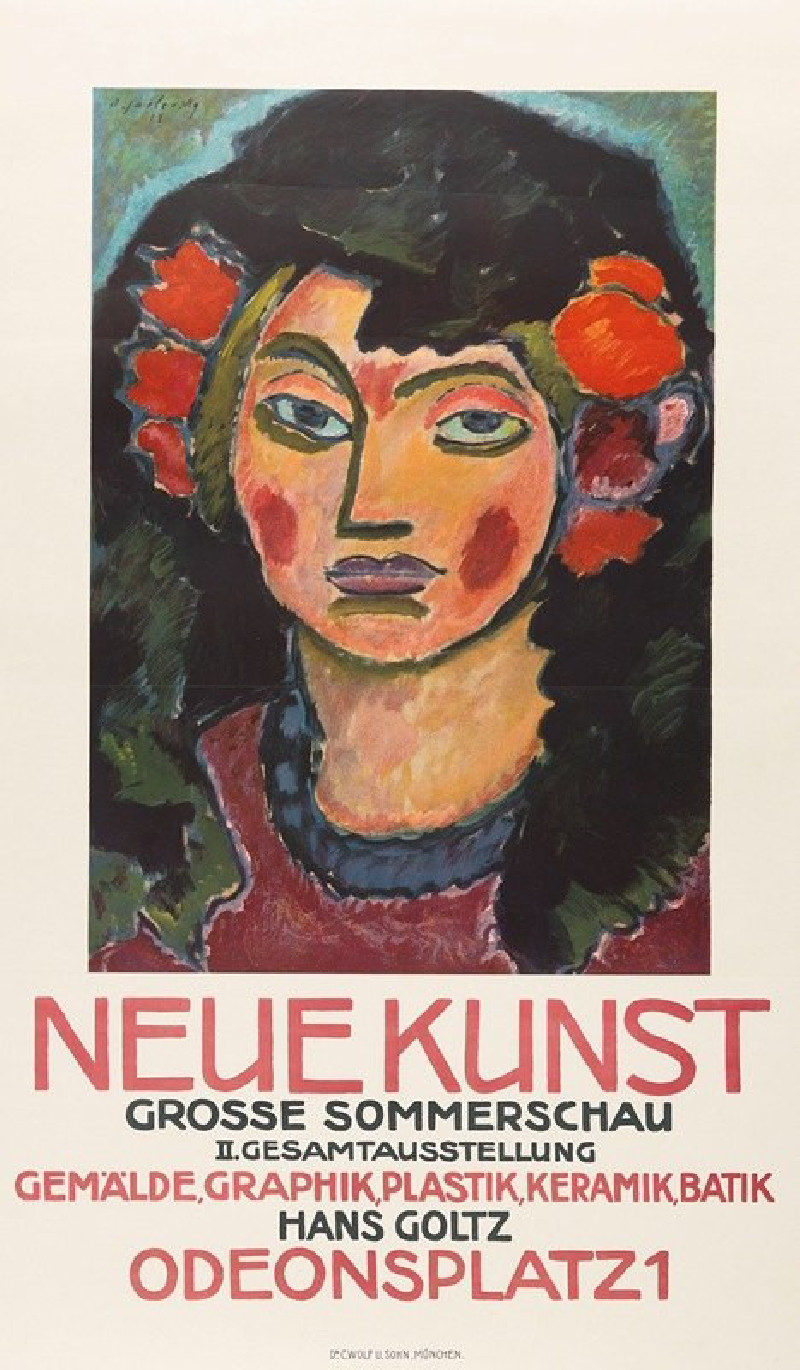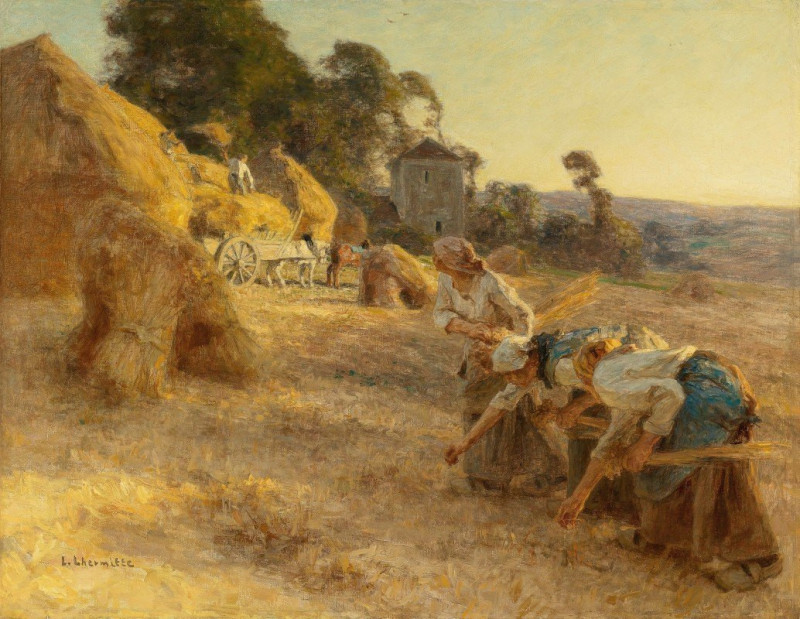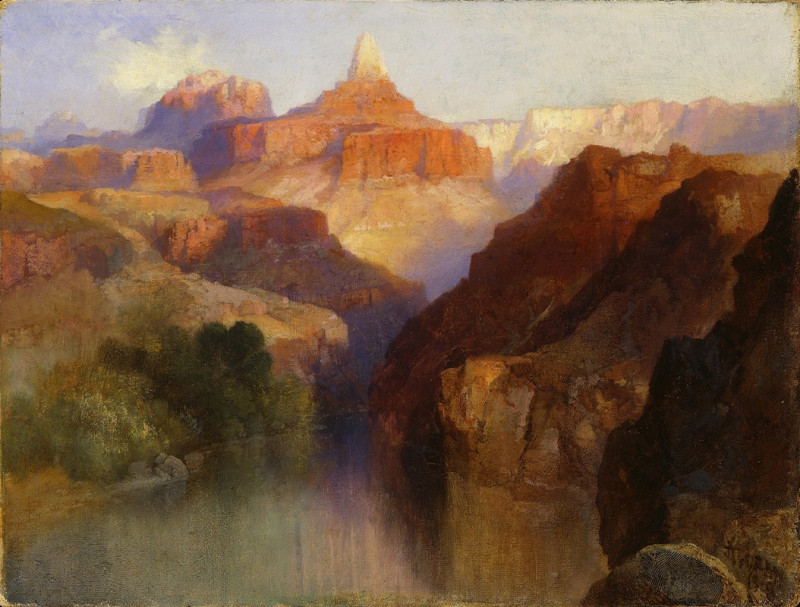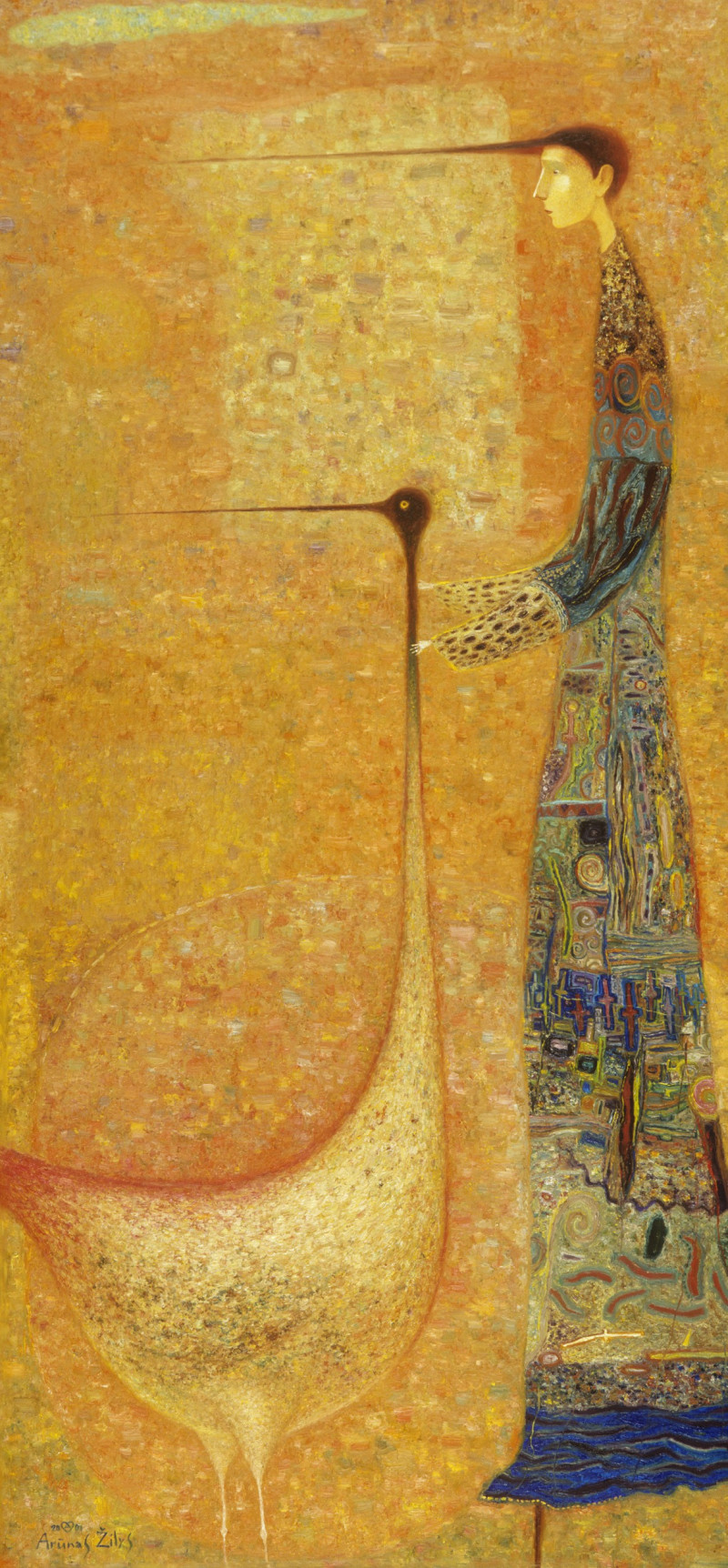Beach At Cabasson
Technique: Giclée quality print
Recommended by our customers
More about this artwork
"Beach at Cabasson" by Henri Edmond Cross is a captivating painting that exemplifies the Pointillism technique, characterized by the use of small, distinct dots of color applied in patterns to form an image. This particular work beautifully showcases a serene, sunlit beach scene.The painting features a calm seascape with a horizon that is softly blurred, where the sky meets the muted blue and turquoise waters. The foreground is dominated by a sandy beach speckled with golden and beige tones. The beach is enlivened by the presence of figures—children who appear to be engaged in playful or contemplative activities. One child is sitting and seemingly digging or playing in the sand, another lies flat on the beach, perhaps enjoying the warmth of the sun or the feel of the sand, while another stands, perhaps gazing out at the water or at the other children.The texture throughout the painting is rich and meticulous, achieved through dabs of color that enhance the sense of a vibrating, luminous landscape.
Delivery
Returns
Henri-Edmond Cross (1856-1910) was a French artist known for his Pointillism paintings of landscapes and still life. He co-founded Société des Artistes Indépendants in Paris, where he met and was inspired by the Neo-impressionist painter Seurat. Due to rheumatism, Cross moved to the south of France, where Signac was also based. Together they abandoned the tiny colored dots of Pointillism for orderly brushstrokes in the style of mosaic. This was second generation Neo-Impressionism, and laid a path for Fauvism.


